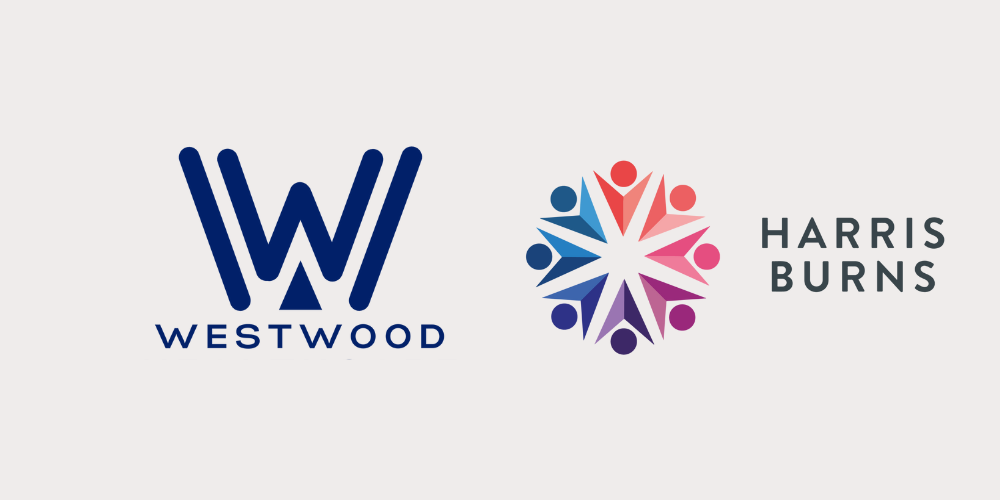How To: Conduct a Successful Video Interview
At Westwood Harris Burns, we’ve been utilising video interviews for years. We’re experts in remote recruiting, a process which is more critical now than ever.
Over the last few months, while it’s been business as usual for the Harris Burns team, we’ve been helping our clients navigate the world of virtual interviews.
Today, I want to share my expert advice surrounding video interviews so that you can keep your recruitment process progressing, starting with the pre-interview protocol.
Pre-Interview Protocol
Before the meeting, those who will be conducting the interview need to liaise and agree on their protocol.
This involves the timetable for the interview (including timeframes for the individual interviews and the entire process), agree on the questions and section criteria.
If you have asked candidates to submit a pre-recorded interview clip, the interview panel must review these and, preferably, discuss their initial thoughts on the candidate’s submissions.
At this stage, you must also share with the candidate information about tech that will be used during the interview. If you have asked the candidates to provide a presentation for the panel, check that their screen sharing ability is operational. Additionally, if the interview panel will need to share their screen at any point, have you checked that all panel members who need to share their screen can do so?
During the interview, there are some additional technology points which are essential to conducting a successful interview – I’ll go through them now.
Best Practice - Technology
Professional mastery of your video software will make for a smooth video interview. Remember the following points for an effortless virtual interview:
When sharing your screen with candidates, remember to close any personal or confidential windows and tabs before the interview. The last thing you want the candidate to see is the shortlist of other candidates or your notes on their pre-recorded interview flashing on the screen.
If your video software has an automatic focus on the speaker, remember to pin the candidate on screen. This way, the screen will stay focused on them, rather than jumping to your colleagues who are asking questions.
Remember to turn all messaging and email notifications off or onto silent to avoid unnecessary noisy distractions.
Next, let’s take a look at how to master language in your video interviews.
Look at the language of your questions
With an increase in the number of people using video software at the moment, this can increase the risk of a weak or unstable connection. A-Zoom outage disrupted the government’s daily briefing recently – proof that it can happen to the best of us.
To minimise the risk of communication problems when relying on internet speeds and video software, avoid overly-long or complicated questions.
Keep your questions concise and straightforward; as this will allow for any delays or buffering. Record all of your video interviews so that you can re-watch and pick up on anything the candidate said that you might have missed at the time.
Body Language
A significant difference between video and real-life interviews is the difference in body language signals.
It might appear that the candidate is avoiding eye contact with you or looking down – a sign during a face-to-face interview that could indicate a lack of confidence or interest. However, in video interviews, it might not come as natural for the candidate to look directly into the webcam, so it might appear the candidate is looking down when they are looking at your face on the screen.
Additionally, it can be more difficult to communicate on video, as a lot of our communication can come from hand gestures and subtle body language cues. Bear this in mind and be prepared to be lenient when assessing your candidates.
Addressing Unconscious Bias
There is always the risk of unconscious bias slipping into interviews, but it can be even more prevalent in video interviews.
Bear in mind that the candidate might not have an office space at home, and is, therefore, attending the interview from an improvised area. Ideally, backgrounds should be clear and neutral, but for whatever reason, you might catch a glimpse of an untidy coat rack or a pair of garish curtains. Do not let the candidate’s setting or background cloud your judgement of them as a person.
It should go without saying, however, some candidates (and even other professionals) can assume that dressing for a video interview should be a more casual affair than a face-to-face meeting. Expect that the candidate will be dressed in formal attire just as they would for a regular interview – if you are prepared to be more lenient on your dress-code, you must inform candidates of this in your pre-interview correspondence.
Video interviews are increasing in their prevalence; I hope you will utilise this guide to conduct successful remote interviews in future.
What Next?
Do you have a critical third or public sector role you need filling? We are recruiting using video and other remote interview practices to help public and third sector organisations recruit the talent they need. To have a conversation about your current vacancies, visit our Get In Touch page.
Westwood Harris Burns are specialists in Executive Search and Senior Finance appointments within the Public Sector; with particular expertise in NHS, Housing and Charity Sectors. With over 60 years combined experience, we have extensive knowledge of the market, proven track records and established networks, allowing us to provide a wide range of services to both clients and candidates alike.
To learn more about how we can support you to either build your team or career, visit our Get In Touch page.



